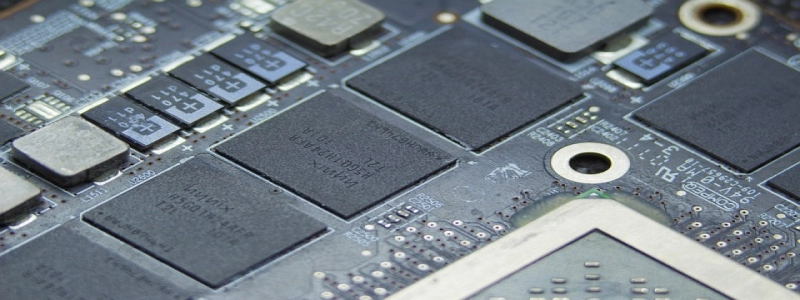SFP+ Ethernet
導入
SFP+ Ethernet is a communication standard that combines the Small Form-factor Pluggable (SFP) interface and Ethernet technology. It is widely used in data centers, high-performance computing (HPC), and telecommunications networks. This article will provide a detailed explanation of the SFP+ Ethernet standard and its applications.
1. What is SFP+ Ethernet?
1.1 意味
SFP+ Ethernet refers to the use of SFP+ transceivers for Ethernet communication. SFP+ transceivers are hot-swappable, compact optical modules that connect network devices to fiber optic or copper cables. Ethernet, on the other hand, is a widely-used networking technology that allows computers and other devices to communicate over a local area network (LAN) or wide area network (WAN).
1.2 Features and Benefits
SFP+ Ethernet offers several advantages over conventional Ethernet connections:
– High Speed: SFP+ Ethernet supports data rates up to 10 ギガビット/秒 (Gbps), making it suitable for demanding applications that require fast and reliable data transmission.
– Flexibility: SFP+ transceivers are interchangeable, allowing network administrators to use different types of interfaces (such as fiber or copper) based on their specific requirements.
– Scalability: SFP+ Ethernet can be easily upgraded to higher data rates by simply replacing the SFP+ transceiver, eliminating the need for costly infrastructure changes.
– Cost-effective: The modular design of SFP+ Ethernet enables efficient use of network resources, reducing the overall cost of deployment and maintenance.
2. Applications of SFP+ Ethernet
2.1 データセンター
SFP+ Ethernet is extensively used in data centers for high-speed connectivity between servers, storage devices, and networking equipment. It allows for efficient data transfer within the data center network, improving overall performance and productivity.
2.2 ハイパフォーマンスコンピューティング (HPC)
HPC systems require fast and reliable network connections to ensure efficient communication between processors, memory, and storage devices. SFP+ Ethernet provides the necessary bandwidth and low latency for HPC applications, enabling researchers and scientists to perform complex computations and simulations.
2.3 Telecommunications Networks
Telecommunications providers rely on SFP+ Ethernet for high-speed data transmission over long distances. SFP+ transceivers can be used with fiber optic cables to achieve gigabit Ethernet or 10 Gigabit Ethernet connections, delivering reliable and secure network services to customers.
結論
SFP+ Ethernet is a versatile and reliable communication standard that combines the benefits of SFP+ transceivers and Ethernet technology. Its high speed, flexibility, scalability, and cost-effectiveness make it an ideal choice for various applications, including data centers, high-performance computing, and telecommunications networks. テクノロジーが進歩し続けるにつれて, SFP+ Ethernet will continue to play a crucial role in enabling fast and efficient data transfer.







